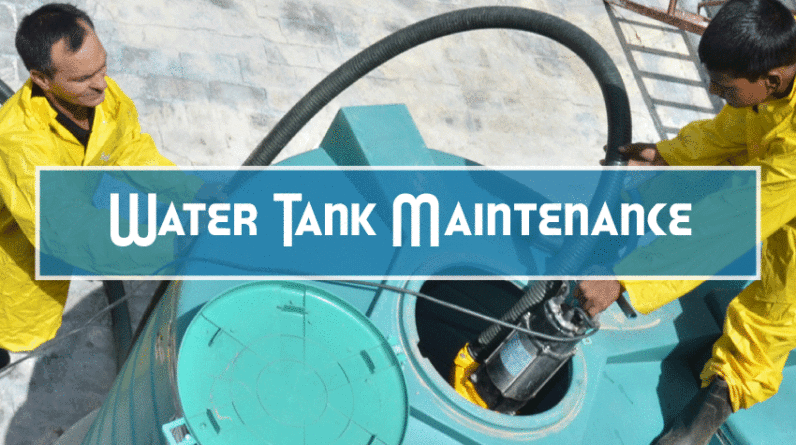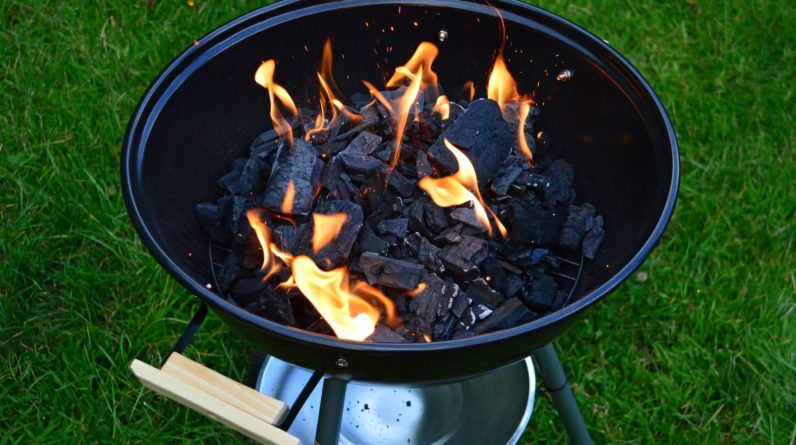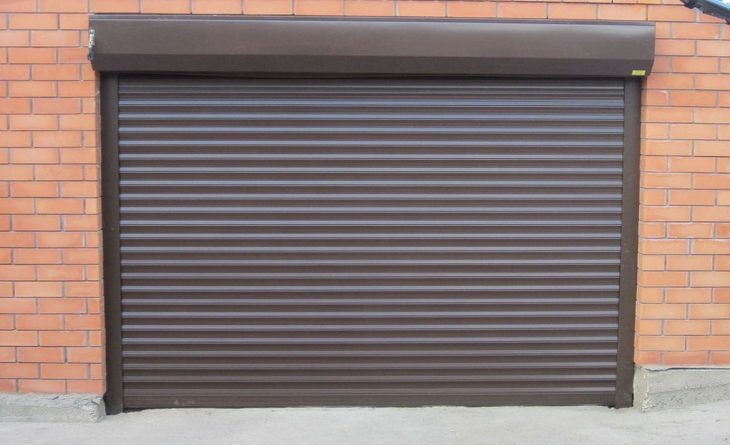
When it comes to water in the home, we often spend a lot of time filtering it, be it a built-in water filtration system, or a filter water jug in the fridge. When we store water in our rainwater tanks, we generally put little or no effort into maintaining our tank, and ensuring its contents are in the best condition for us to use.
Maintaining a water tank is –
- Fairly cheap
- Lengthens the changeover time for filters
- Keeps the water fresher for longer
Can I maintain my water tank?
You find most people have a water tank installed, wait for the rain to fill it up, and then use its contents, it sits there, it doesn’t need to run on power, it quietly does its job, and over the years gets forgotten. It’s only after the rain has stirred up 30cm or so of sludge sitting on the bottom of the tank that the filters block up and – if you are drinking the water – the water tastes terrible, that caring for the tank becomes an issue.
You can do something every year including ensuring the downpipes are properly set up, at least then you have a chance of minimising sludge from building up. Firstly, you need to check your tank, take a peek inside – you might be in for a shock!
Pay attention to –
- The level of water
- The roof, liner and leaf basket and hatchet are in good working order. If anything does need to be repaired or replaced do it now
- Make sure there are no insects flying around
- If you have any dead animals remove them, dead and rotting animals are dangerous to your health
- Check the clarity of the water, if you can see the bottom and if it is fairly clear of sludge and debris then you have a well-maintained tank.
Now that you have taken the time to look, you can then carry out some basic maintenance. Do this every 1 – 2 months – even in summer. You never know when you’ll get some good rains and if you haven’t had decent rain for 6 months – when you do, you’ll get rubbish and dirty water going into your tank.
- Start on the roof of your tank, ensure it’s free of debris and is clean, if there are any overhanging branches cut them down.
- Clean your gutters regularly; this is important for both collecting water and during bushfire season.
- If you haven’t already, install some gutter guard or mesh to stop leaves, twigs and rubbish getting into the guttering and washing into your tank.
- Check your downpipes and drainage to the tank, make sure it’s clean and clear, if you need to, flush it all out once a year.
- Check and clean out the entry box. The downpipes should dump into a leaf basket which will need to be checked and cleaned out regularly. This can become a contamination point as the water in the tank passes through it.
Can I clean my water tank?
Even with the above maintenance tips – yes you can clean your tank – and you should. Towards the end of summer, tank water is low, and any of the built-up sediment and materials are being drawn to the outlets, it can block up filters and can result in a brown or yellow coloured water.
Published by the Federal Health Department the Australian Drinking Water Guidelines recommend that along with regular maintenance you should de-sludge your water tank every 2 – 3 years. Even though you try your best, your tank will still get a build-up of dust, bird droppings, organic material and other contaminants. Over a few years this will become a build-up of black sludge that settles at the bottom of the tank. Eventually it will get stirred up by big rainfalls.
How to get rid of the build-up?
You will first need to empty the tank, hose it and sweep the bottom of the tank when clean let it fill up again when it rains. The advantage to doing it this way is the floors and walls are thoroughly scrubbed, and all the sludge is removed. On the down-side –
- You lose ALL of the water from the tank, if you have no other water source, you then need to wait for it to rain.
- You need to climb into the tank, which can be dangerous. To climb into a tank, you need to be trained, and equipped in confined space operations to carry out the work.
Read More:





